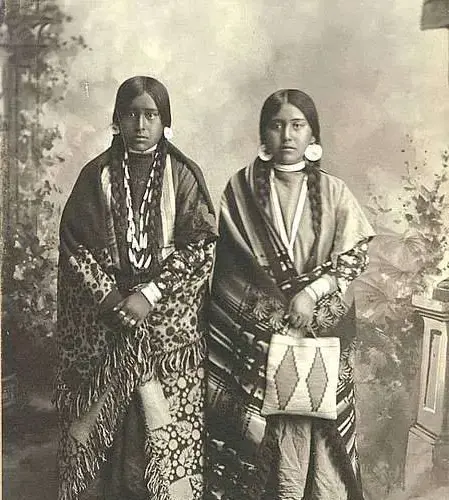


It is incorrect to mention the “religions” or “belief systems” of the North American Aborigines, as these words often refer to an organized spiritual life that is carried out alongside the daily secular life, from which they are distinguished.
It is important to note that in the indigenous communities of the United States, everyday life and spirituality are so interconnected that it is impossible to distinguish between sacred and worldly. Indian sacred life goes beyond community festivities and ceremonies that mark the annual rhythms and rituals that accompany puberty and other transitional phases. Even the most nimio everyday act has a spiritual meaning for many Indians.
Each Indian nation has its own sacred life and is closely related to its environment. It is based on the sense of community that each village develops in relation to the local landscape and climate, as well as with the beings and spirits that it perceives that live there. However, native traditions share some fundamental ideas and perspectives. It is believed that spiritual power or "medication" is found in things. All plants and animals, even the soil, have a soul that depends on other souls. The seasons and the trajectory of the sun and the moon from one end to the other of the sky are examples of natural cycles that demonstrate the eternal cycle of existence and the timelessness of creation.
Some peoples believe that the powers that sustain the world are manifested in natural phenomena such as winds, rivers, corn and buffaloes. They are regarded as relatives, and the responsibilities associated with these relationships structure community life. Other peoples see the powers of the world as mystical energies and reports, such as the Manitú of the Algonquins, the Wakan of the Lakotas, and the Sila of the Inuit of Baffin Bay.
Each indigenous community carries out its connection with the gods and how it manages and accumulates its “medicine”. Some people actively seek the power that allows them to interact directly with spirits, while others acquire it by chance or because of a difficult situation in their lives. On the other hand, it is everyone's responsibility to respect spirits daily as part of their duty as living beings. The definition of good and evil is mainly based on whether or not responsibilities towards spirits are fulfilled. Non-compliance alters the balance and harmony of the world and is a sign of lack of respect. Most of the virtues preached by elders, such as wisdom, courage, generosity, and disengagement, are aimed atining or restoring cosmic balance and ensuring the survival of the community.
 Native American Cultures: Myths and magic
Native American Cultures: Myths and magic
You can purchase this book on Amazon.
This book challenges deep-seated stereotypes and offers an enriching perspective that contributes to a more comprehensive and respectful appreciation of the indigenous peoples of North America. Through an understanding of their myths and beliefs, we are taking an important step toward cultural reconciliation and the recognition of the diversity that has enriched the history of this continent.
These mythical stories, many of them linked to the literary genre of fantasy, reveal a world where the divine and the human intertwine in narratives that explain the cosmic order, creation, and the fundamental structure of the universe. Discover how these sacred tales bear witness to the deep connection of the natives with nature and spirituality.
Native Americans: Population and Territories
Native Americans: Cultures, customs, worldview
Traditions, myths, stories and legends